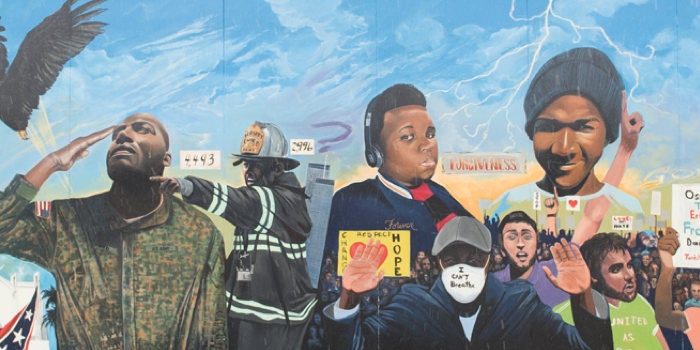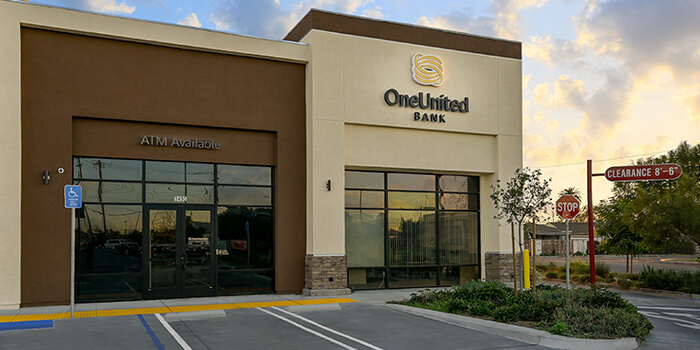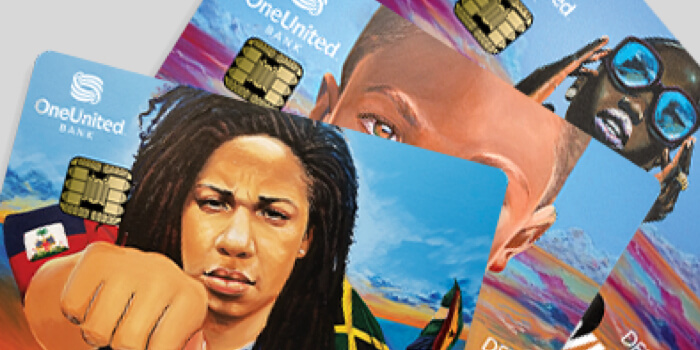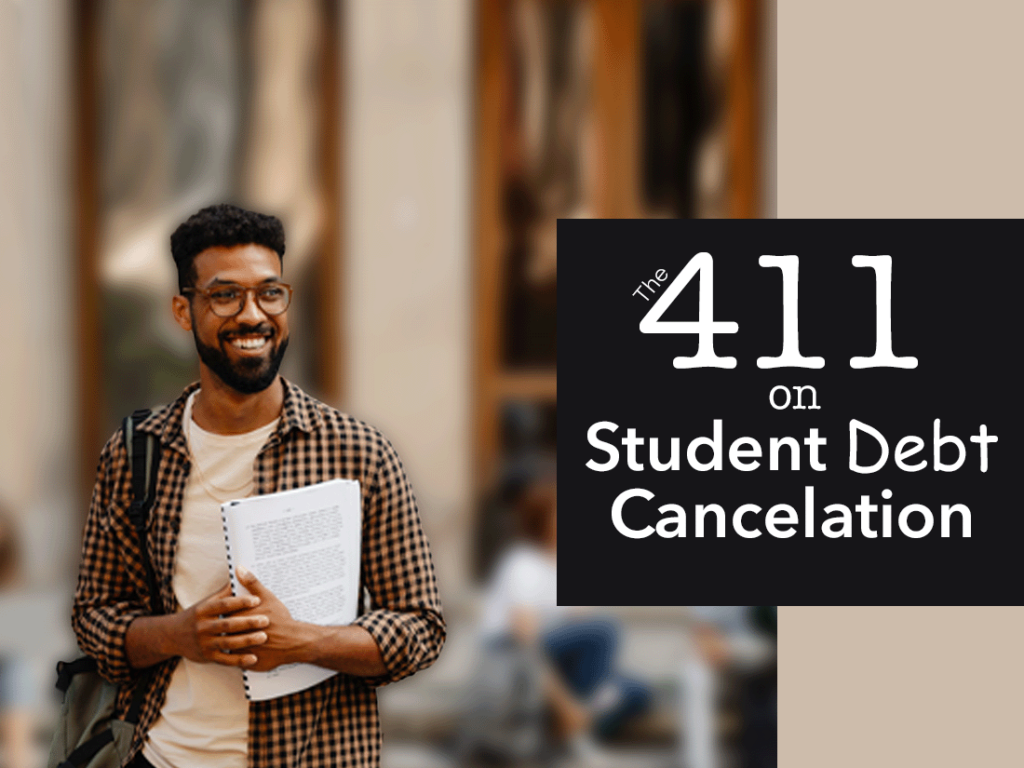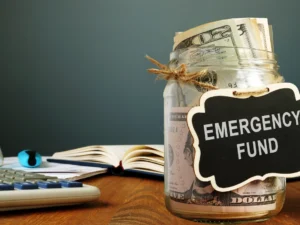Do you qualify for Student Loan Relief? Here we inform you of the requirements, review the process, and explain why this is significant for Black borrowers, particularly those who hold a Pell Grant.
Access to one of the greatest engines of socio-economic advancement, education, is for far too many, not accessible. Rather, it has become an increasingly myriad landscape of complexity, cost, and confusion.
There has been a near tripling of both four-year public and four-year private college cost since 1980. Simultaneously Pell Grants have diminished from offsetting the majority of costs (80%) to offsetting only 33% of costs. Many families have no option but to borrow in order to academically advance. The Department of Education concludes that the average student graduates with around $25,000 in loan debt.
Many young people find it harder to build wealth, purchase a home, save money, invest, and start businesses due to recurring loan payments and large student loan balances. Student loan forgiveness can help bring down the current student loan debt of $1.6 trillion for 45 million borrowers to help more families build wealth!
Who Qualifies?
- The Education Department has communicated that the student loan forgiveness application will be made available in early October
- The applicant must attest to their income in a straightforward application.
- The application will be accessible via the Education Department’s StudentAid.gov website.
- It is estimated there will be a 4-to-6-week deliberation period once an application is submitted.
- Applicants have a full year to submit their application, though they are encouraged to submit their application by November 15, 2022.
- Automatic relief maybe be available to those who have recent income information on file with the Department of Education. Apply either way!
Other significant portions of the initiative include:
- In efforts to create a more manageable burden for current and future borrowers, monthly payments will be cut in half for undergraduate loans. Monthly payments will be limited to a 5% cap of borrower’s discretionary income.
- In efforts to secure the well-being of future student and taxpayers, the administration will fight to double the maximum Pell Grants awarded and push for free community college.
- Additionally, the pause on federal student loan repayment will be extended one last time through December 31, 2022.
For starters, the average Black borrower who began college in 1996 still owed, 20 years later, 95% of their original student debt! Wage disparity is a major component in this split picture of debt in America. The accumulation of slavery, Jim Crow, redlining, discrimination in lending and housing place our community in a less advantageous position to repay own loans. We have to go further in education, attaining higher degrees and taking out more debt, in order to be given an equal chance when competing for employment.
On average our community carries more debt, $25,000 more than white borrowers. This picture of debt doesn’t change, even when a student is attending an HBCU, institutions that struggle with the compounding consequences of underfunding. Mental health consequences are an underreported outcome for our community when contending with navigating academic and economic systems that are not designed for our survival.
This student debt forgiveness initiative is significant as our community makes up twice as many Pell Grant recipients compared to white recipients. Efforts to decrease debt by targeting those of the most economically disenfranchised communities equates to more directly addressing the racial equity and the racial wealth gap.
Even in the face of turbulent economic woes from the pandemic, we see perseverance, potential and perspective. Let’s elevate our community, spread valuable resources, break down barriers to financial literacy, diminish our debt, #BankBlack and #BuildBlack!
Additional Resources:
- For additional help in understanding the difference in student loan forgiveness, cancellation and discharge, check the Federal Student Aid resource for a breakdown.
- For ways to prepare your family for understanding the cost of higher education before committing look to the movement advocating for personal finance in high school, among top proponents is CNBC Personal Finance Correspondent, Sharon Epperson.
- For additional information on the detailed stages of this 3 part plan for Student Debt Relief, please see the Official White House Statement on this initiative.





